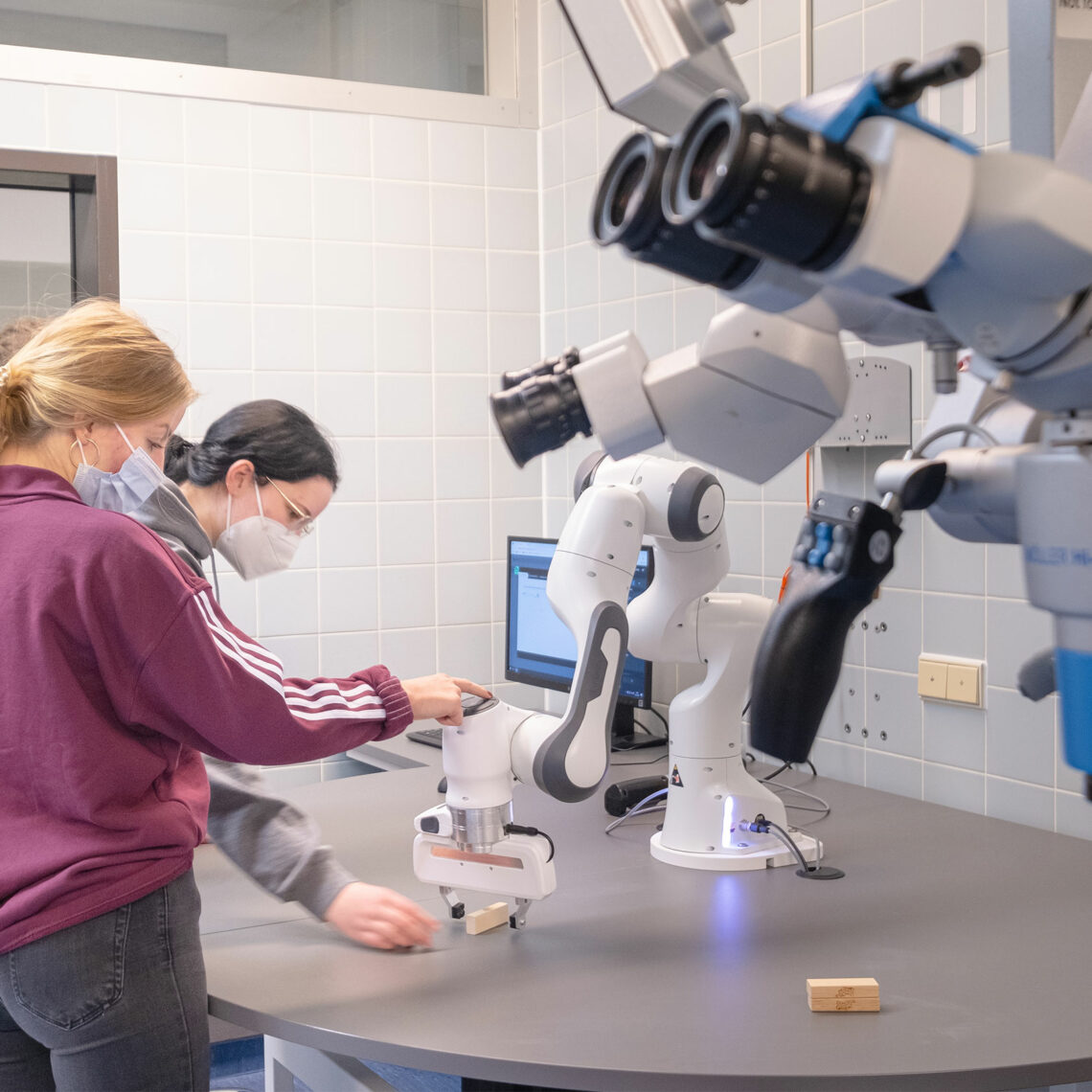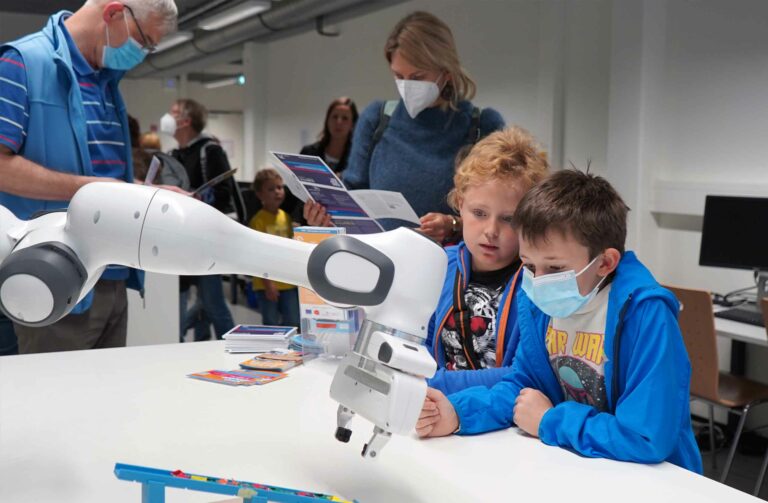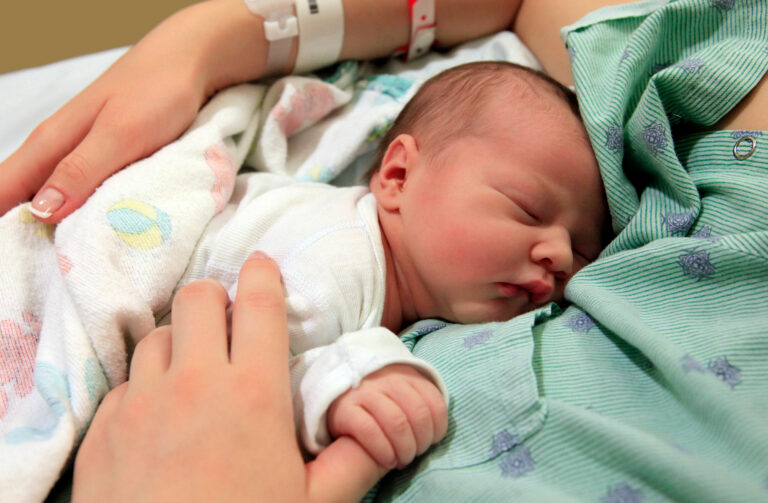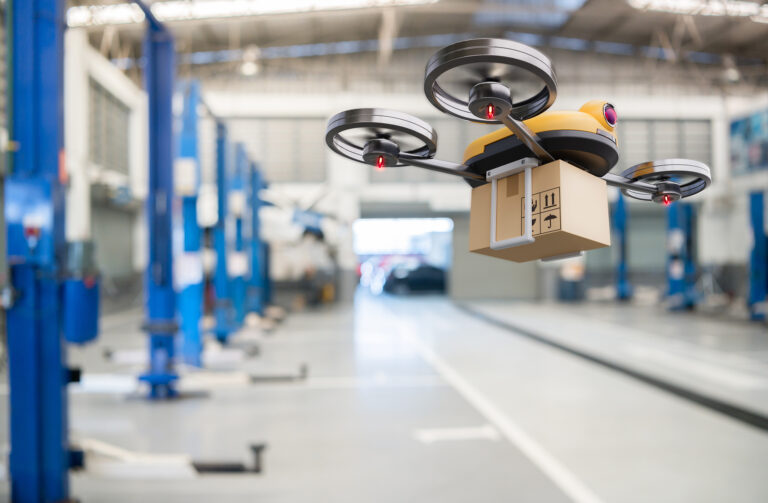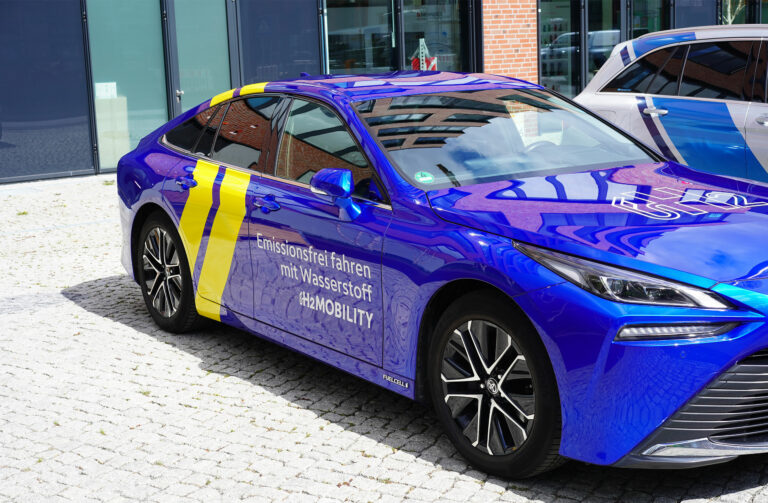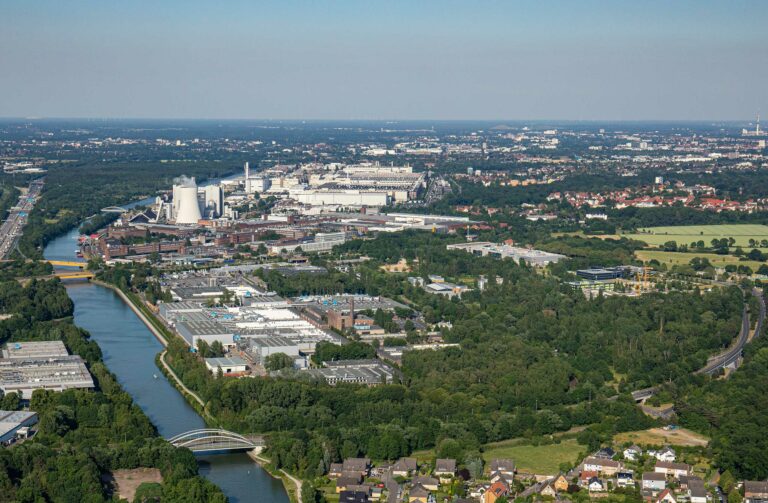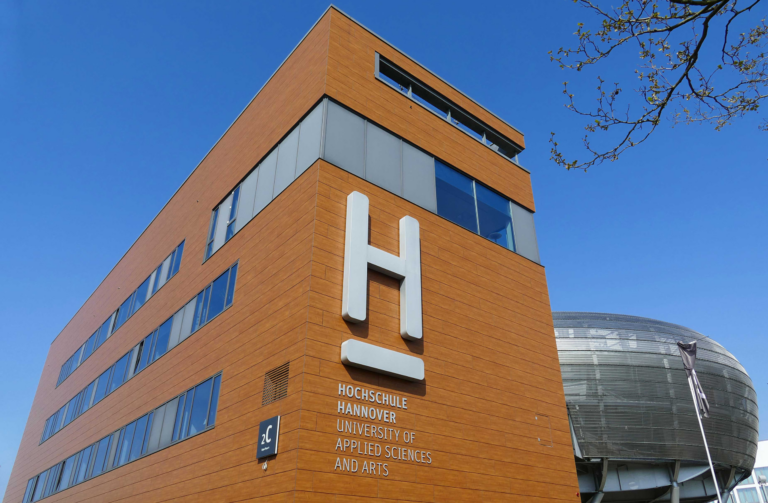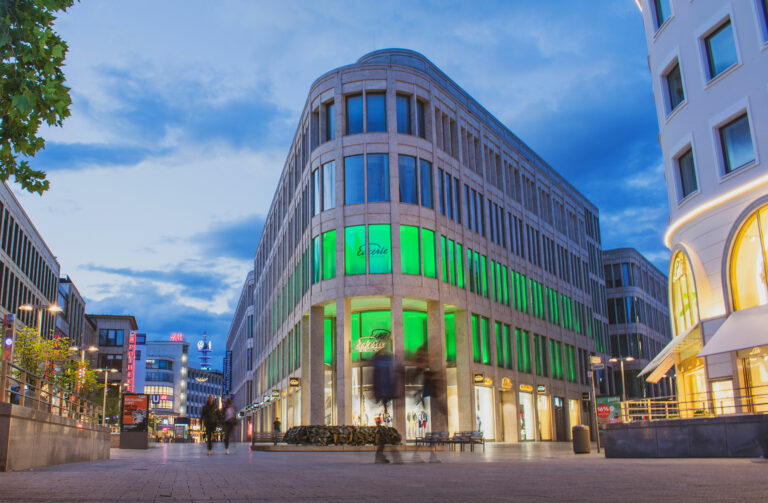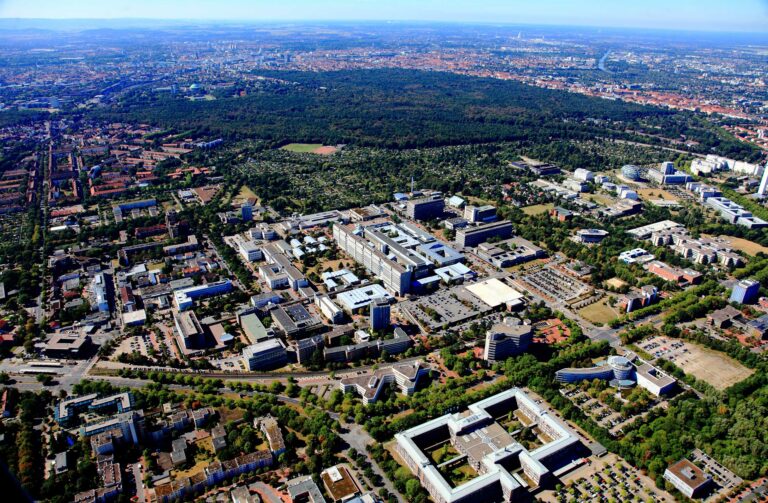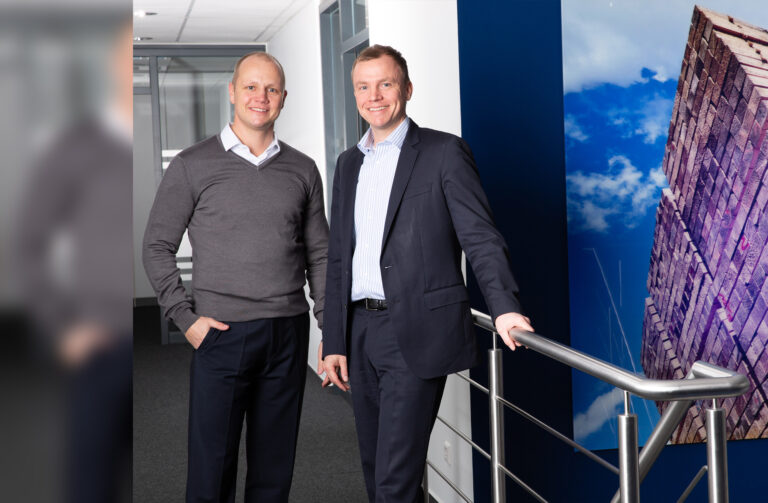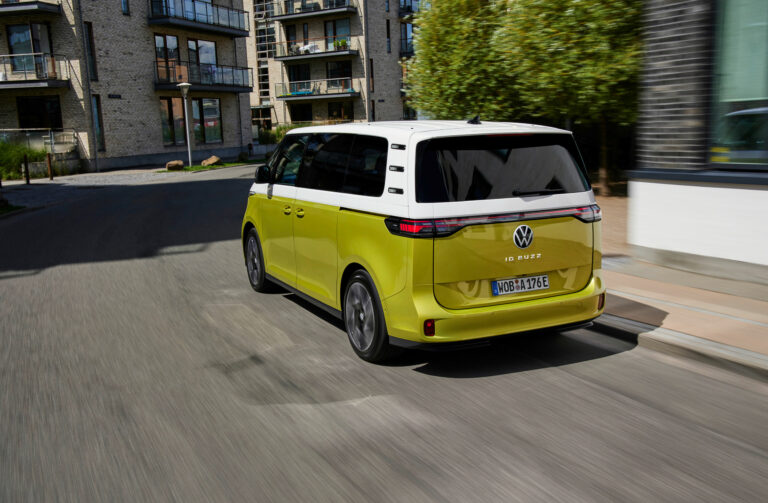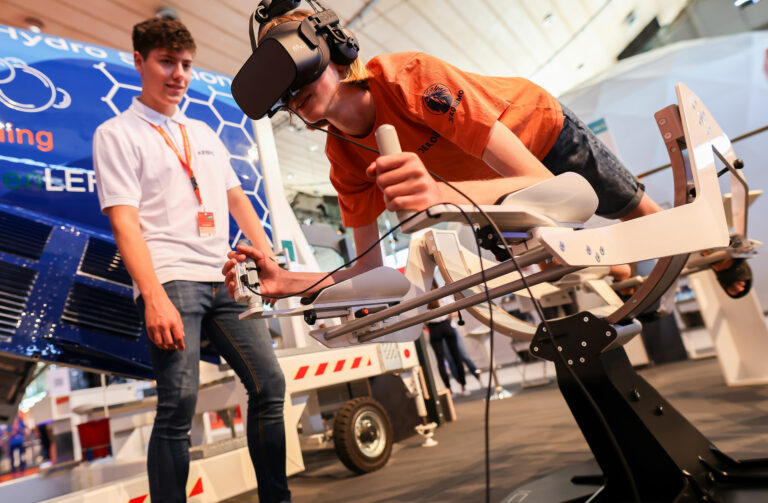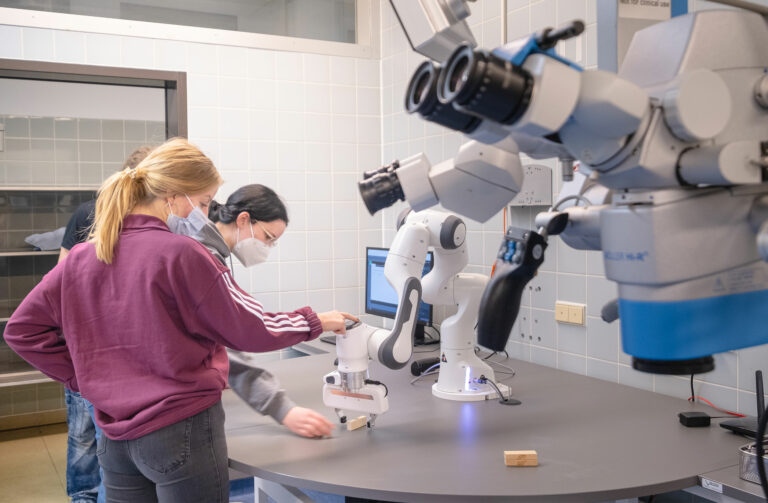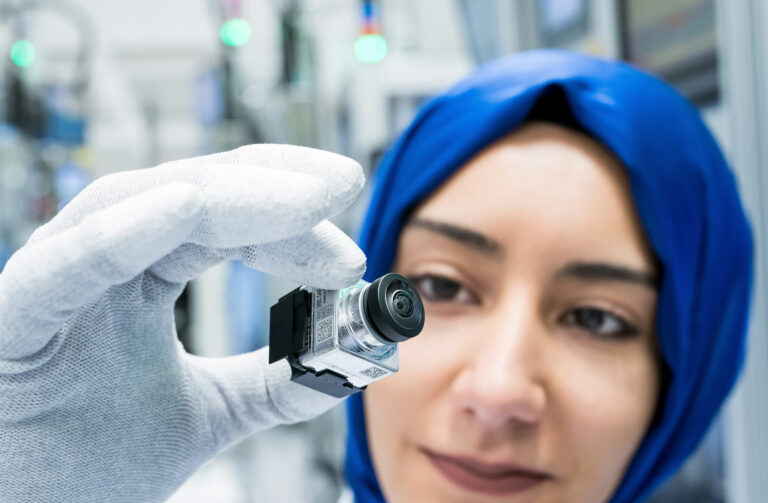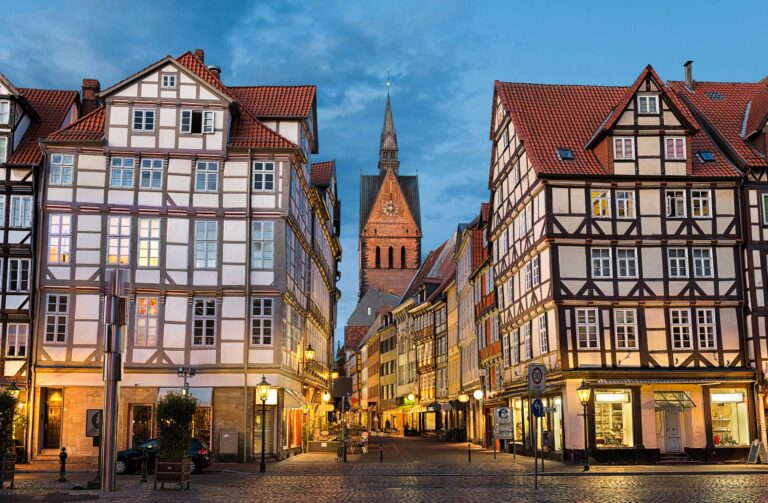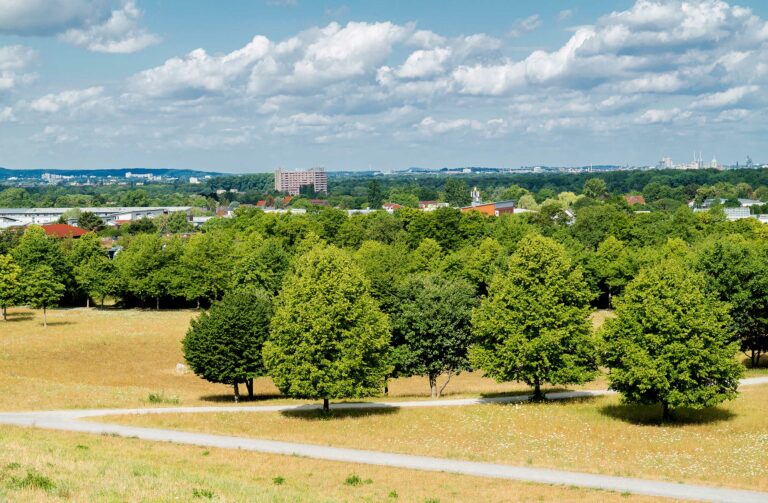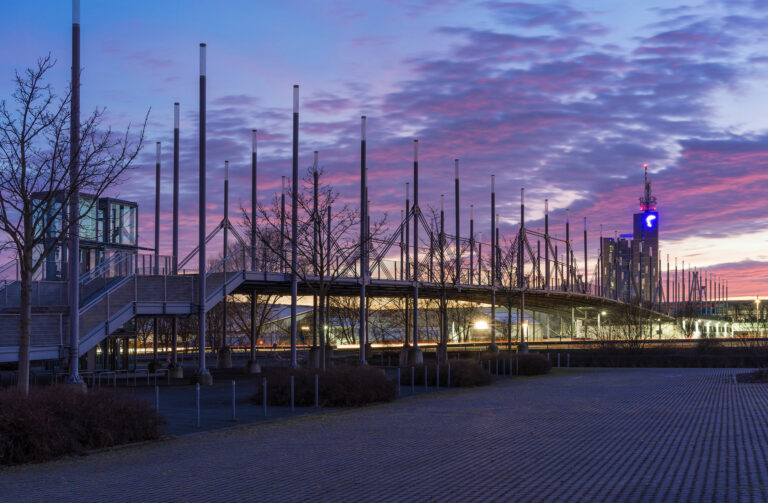The robots are coming! Robotic City Hanover
Robotics is a key technology that will find its way into all parts of the economy and all areas of life in future. Politics, education and business therefore face a triple challenge: they have to develop qualified workers, promote the use of robots in companies and foster the development of the robot industry. The ambitious goal is for the entire robotics supply chain to become established in the region in future. To this end, in 2022 the Region Hannover merged all its efforts in the Robotics City Hannover brand.
At the moment, the robot industry in the region is still on a modest scale, but as a business location, Hannover with its _diversity of research, trade and industry offers all the necessary potential. Robots are even being used in the hospitality sector (on a technically simple level) to serve guests, as illustrated by the Francesco & Fratelli restaurant in Hannover.
The potential is also revealed by a global view. According to the International Federation of Robotics IFR, the number of industrial robots grew by 31 percent between 2020 and 2021 to reach a total of just about 3.5 million, with Germany alone accounting for roughly 250,000 robots. This also includes collaborative robots (“cobots”), which increased proportionately by as much as 50 percent.
Signs of a major change have become apparent. Up to now, robots were mainly used as automated guided vehicles (AGV) or as heavy-duty industrial robots in vehicle manufacturing. For example, AGVs at ContiTech in Hannover-Vahrenwald transport material for plastic and rubber products automatically through the factory, while the front and rear frames of vehicles are welded together round the clock by robots at Komatsu, the manufacturer of construction machinery in Hannover-Linden.
But robots are increasingly moving away from the production units, in a trend that is being driven by the skills shortage which has led to a greater acceptance of technology, as emphasised by Philipp Becker. He lectures at FHM University in Bielefeld, and is also a senior executive at Vision Lasertechnik in Barsinghausen, a company which plans and implements the use of robots in the skilled crafts and SME industry.
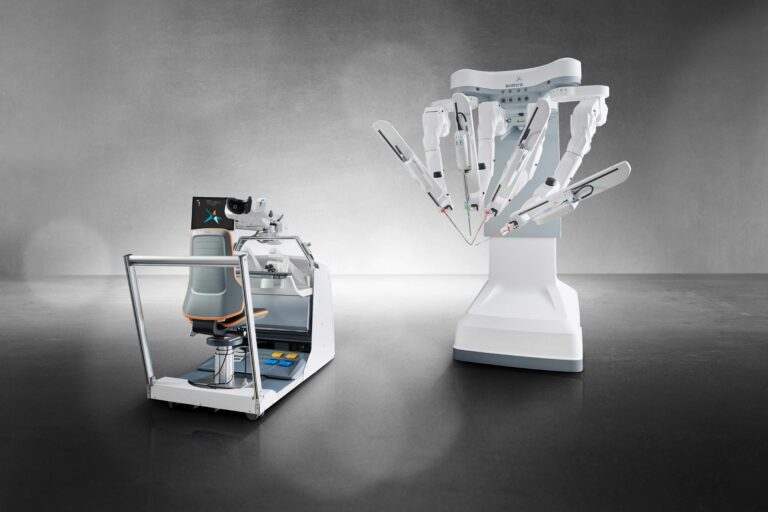
Robots open up new areas
In both theory and practice, Becker sees how robots are slowly but surely opening up new applications. Examples here include production companies such as Nass Magnet valve manufacturer in Hannover, where lightweight robots pick parts from the conveyor, insert them in the test station and then place them in the packaging. Other applications include laboratories and operating theatres, as in Vinzenz hospital and KRH Siloah hospital, and as assistance robots in nursing, care and medicine. It is also conceivable for robots to perform tasks in farming and in the catering industry. The same also applies to skilled crafts firms, of which only six percent currently use robots, according to the Bitkom (Association of the German Information and Communications Industry) and the ZDH (National Confederation of Skilled Crafts).
Robotics expert Becker is sceptical about the word “cobots“. He’d rather talk about lightweight robots, which have become comparatively cost-effective. Their sensors make them flexible in use, as well as easy to program. “Legally speaking, it is only during initial commissioning that most so-called cobots actually work with people, who otherwise tend to disrupt efficient production.” These are already some of the reasons why it is going to take some time before robots can build complete houses or even only do the plastering and drilling work or install lifts, due to the complex conditions prevailing on building sites, as well as the strict safety requirements.
Costs are another factor why all the hype about care robots, or care-assist robots, to give them their proper name, is currently out of all proportion to their actual use. There is not one single care-assist robot operating at the hospitals run by the Region Hannover, Diakovere and the Vinzenz hospital. At least Hannover Medical School (MHH) has one that is currently waiting to be put to use for the first time.
Broad funding landscape
Even so, robotics will blaze its trail and the Region Hannover will be ready for it. About ten years ago, the region already reacted by developing various training opportunities, which are meanwhile pooled under the overall brand “Robotics City Hannover”. The aim is to make the next generation of skilled workers available and to ensure that regional SME companies are aware of the potential of robotics.
University research is proving to be particularly significant for the development of the Robotics Region Hannover. Neither the Robot Factory nor the Robokind Foundation would probably exist today without institutions such as the imes (Institute of Mechatronic Systems) at Leibniz University Hannover. Nor would the first genuine robotic companies in the region such as FORWARDttc and Yuanda Robotics have emerged (and now disappeared again), as revealed in the interview with robotics expert Jens Kotlarski. OtoJig, a company aiming to implement robot-supported use of cochlea implants, would also have been inconceivable without the academic setting of LUH, MHH and the German Hearing Centre.
Header picture: Robokind Stiftung

